Freezing foods is also a great way to cut down on waste, save money, and save time by making meals ahead. But there are some foods that don’t play well with freezing, and often this comes with a trade-off in texture, taste, or, in some cases, nutrition. This guide covers the most problematic foods to freeze and provides science-backed tips for ensuring their quality preservation. Whether you’re freezing dairy, fruits, or leftovers, find out how to freeze food without losing its appeal.
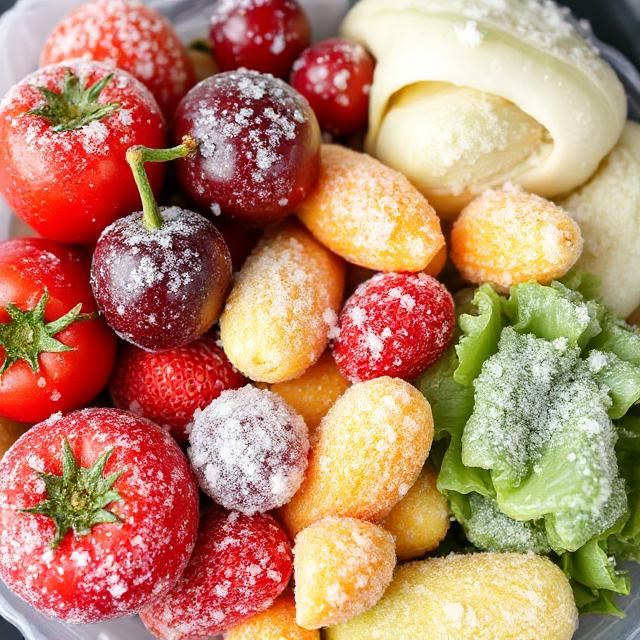
1. Leftovers: Saving Yesterday for Tomorrow’s Meals
Leftovers are a go-to for freezer cooking, but improper storage can lead to loss of flavor, loss of texture, or loss of everything (in the case of spoiled food). Frozen leftovers often suffer from wilty textures or freezer burn.
Tips to Freeze Leftovers Correctly:
- When possible, split leftovers into single-serving containers for easy thawing and reheating.
- Use airtight containers or bags labeled freezer-safe to prevent freezer burn.
- Chill the food to room temperature before freezing it to avoid creating excess condensation that results in ice crystals.
Bonus Tip: Soups, stews, and casseroles freeze well, but dishes made with cream may separate once thawed. Possibly add some cream while reheating.
2. Meat and Poultry: How to Keep Them Fresh and Juicy
Meat or poultry that has not been properly frozen usually develops freezer burn or becomes dried out.” This is because air dries out the meat upon contact.
Tips for Freezing Meat and Poultry:
- Wrap each portion tightly in plastic wrap and place it in a vacuum-sealed bag, or wrap in freezer-safe double layers.
- Tag packages with the type of meat and freezing date to monitor freshness.
- Set the freezer to keep -18°C (0°F).
Pro Tip: Do not refreeze meat that was thawed in the refrigerator. Cooked meat can be safely refrozen, though.
3. Fruits and Vegetables: Texture and Nutrients Preserving
Fresh produce is among the most likely to be problematic when frozen because of its high water content, which can lead to mushy textures or discoloration when thawed.
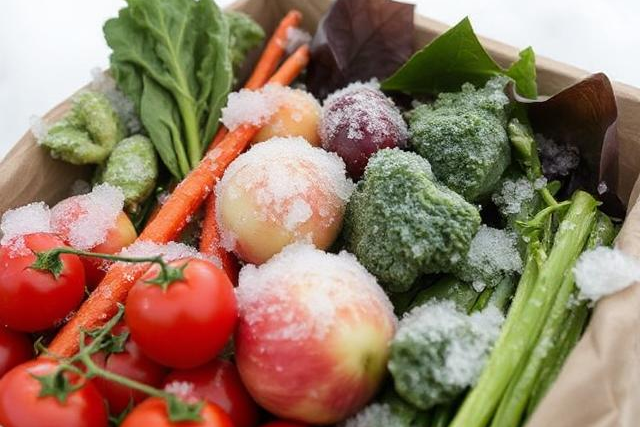
How to Freeze Fruits and Vegetables Like a Boss?
- Blanch Vegetables: Boil veggies such as spinach, carrots, or broccoli for a quick time, then plunge into ice water. It halts enzyme action, preserving nutrients and color.
- Flash Freeze Fruits: Lay down fruits such as berries, mango slices, or bananas on a tray and freeze until firm. You can also transfer them to a freezer-safe bag to stop the bits from clumping together.
- Don’t freeze watery vegetables, such as lettuce or cucumbers, because they become mushy.
Pro Tip: P.S. I lay out fruit slices on parchment paper to hold them within flash-frozen clusters; without parchment paper, the slices can all stick together.
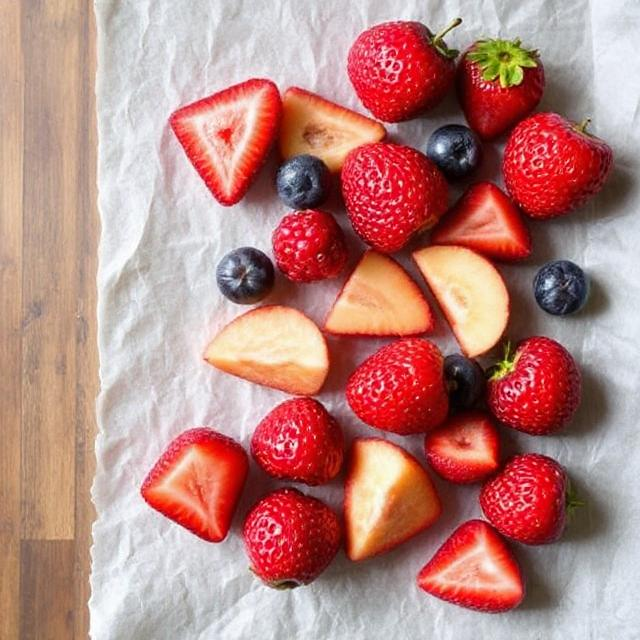
4. Dairy Products: Dealing with Separation Problems
However, milk, cheese, and yogurt can also separate or curdle once frozen because of their water and fat content. This also explains the grainy textures often seen when frozen improperly.
How To Freeze Dairy Products Without Sacrificing Quality?
- This process allows for expansion in the small containers you pour your milk into. Thaw out and shake well to regain consistency.
- Shredded, hard cheeses such as Parmesan or cheddar are easiest to use once frozen.
- Refrain from freezing yogurt or soft cheeses like cream cheese, as their textures seldom rebound.
Pro Tip: Butter freezes well and will last up to six months without losing flavor.
5. Breaking the Freeze: A Mystery of Eggs
Raw eggs in their shell can crack and make a mess when frozen, and thawed eggs can become rubbery or watery.
Egg-Freezing Guide:
- Crack eggs into a bowl, lightly whisk them, and pour into an ice cube tray or small container.
- Separate yolks and whites if you’ll be baking with the yolks. Add a little salt and sugar, and you can prevent the yolks from thickening.
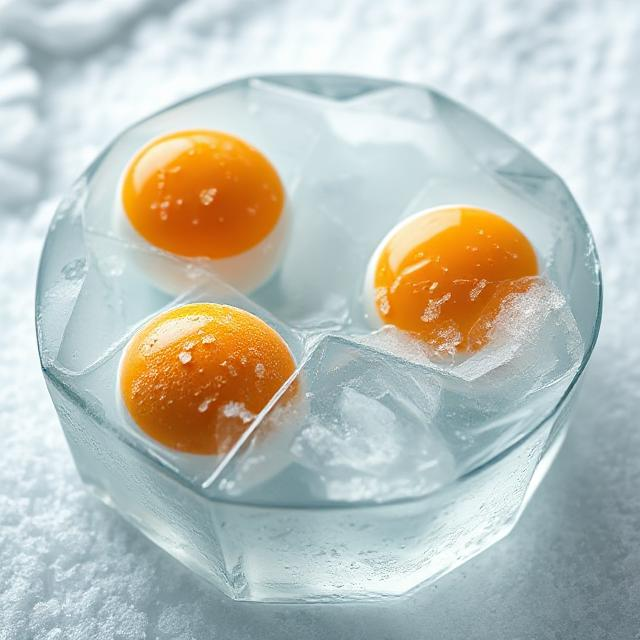
Pro Tip: When they are frozen, label the egg portions with how many eggs are in each container so it is easy to grab the number you need.
6. Cooked Foods: Better Texture and Flavour
Freezing cooked meals like rice, pasta, or soups can lead to mushiness or separation if done incorrectly.
Unique Preserving Feature for Cooked Dish
- Pasta and rice, cooked slightly under to the point where you want it to be for freezing, so the texture holds up when you reheat it.
- Portion soups into single serve portions in airtight containers and freeze, allowing for expansion.
Pro Tip: Dishes with potatoes or sauces thickened with cornstarch don’t freeze well, and lose their texture when they’re thawed.
7. Bread and Baked Goods: Sturdy and Flaky
Bread and pastries in particular tend to become denatured if frozen, then thawed. Improper thawing can cause pastries to become soggy or lose their layers.
How to Freeze Bread and Baked Goods
- If freezing bread, slice it first and wrap each piece tightly in plastic wrap. For added protection, use freezer-safe bags.
- Flash freeze the pastries on a tray, then transfer them to a container so they don’t stick together.
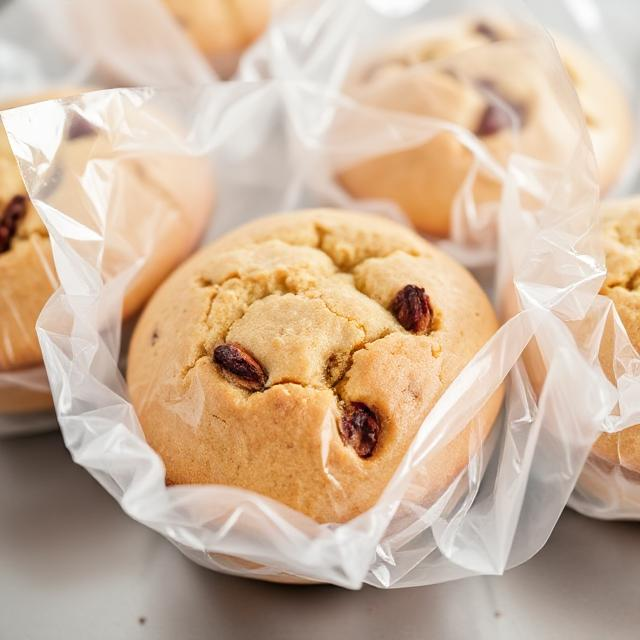
Pro Tip: Restore bread by wrapping it up in foil and putting it in the oven to get that lightly baked consistency.
8. Seafood: How to Avoid Freezer Burn and Smelly Mix-ups
Seafood is sensitive, and if not frozen properly, it introduces funky smells or freezer burn.
HEAT UP FOR FREEZER: Tips for Freezing Seafood
- You wrap it in clingfilm and put it in vacuum-sealed bags.
- Store shellfish frozen shrimp that has the shell for better protection.
- Thaw seafood only in the refrigerator or cold water—never at room temperature.
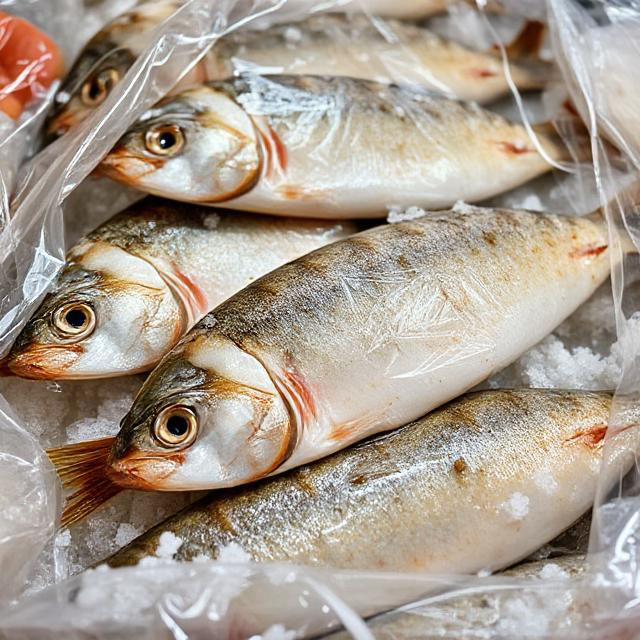
Pro Tip: Frozen seafood should be used within three months for peak flavor.
9. Sauces and Liquids: Stopping them from Separating
Cream-based sauces or gravies can separate or become grainy when frozen.
How to Freeze Liquids Without Any Compromise
- Pour your sauces into silicone molds or small containers, filling up to 3/4 full to allow for expansion.
- Thaw sauces in the refrigerator and whisk to recombine vigorously for the best texture.
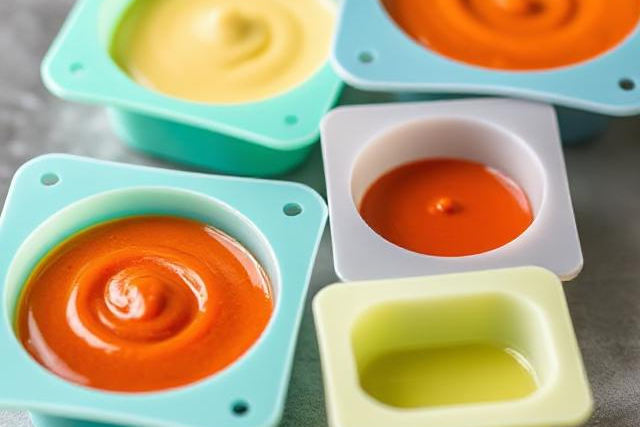
Pro Tip: Do not freeze sauces made with cornstarch or flour because the starches will break down once thawed.
Extra Tips for Freezing Foods the Right Way
- Chalk It Up: Write everything—the name of the dish, the date it was frozen, the portion size—on every container, so no one gets confused later.
- Organize your freezer: Keep similar items together and use dividers for easy access.
- Don’t overcrowd: Good air circulation helps food freeze quickly and uniformly.
Freezing food shouldn’t be scary. With that in mind, following these tips and being aware of how different foods react when frozen will help you maintain freshness in your meals, eliminate waste, and save time. From dairy to seafood, here’s how to freeze tricky foods the right way.
What’s the most difficult food you’ve attempted to freeze? Let us know what some of your challenges and solutions are in the comments below!
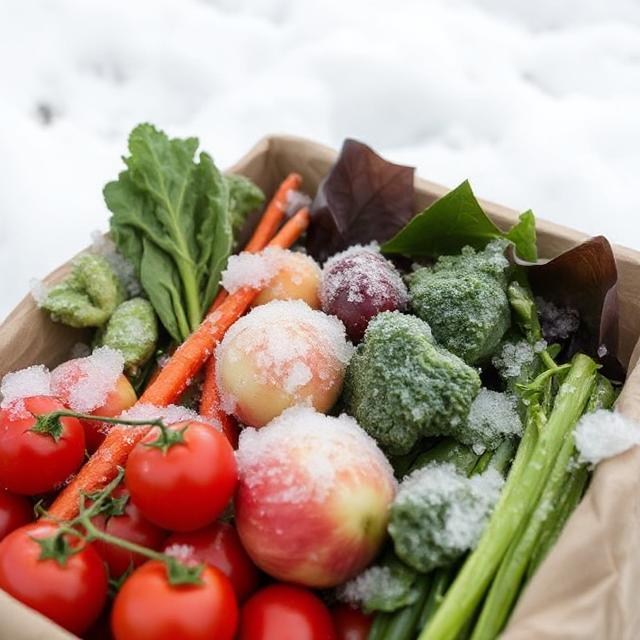


I like the way you arrange this blog , mean how a process is now becoming easier after reading.
Really appreciated.
Thanks for the appreciation.
Howdy just wanted to give you a quick heads up and let you know a few of the images aren’t loading correctly. I’m not sure why but I think its a linking issue. I’ve tried it in two different web browsers and both show the same results.
Thank you for letting me know; I will work on it.